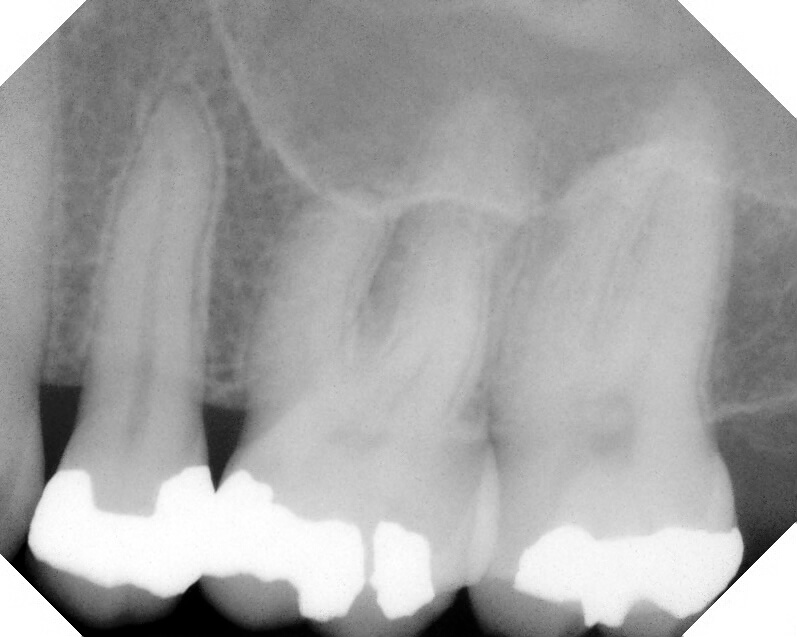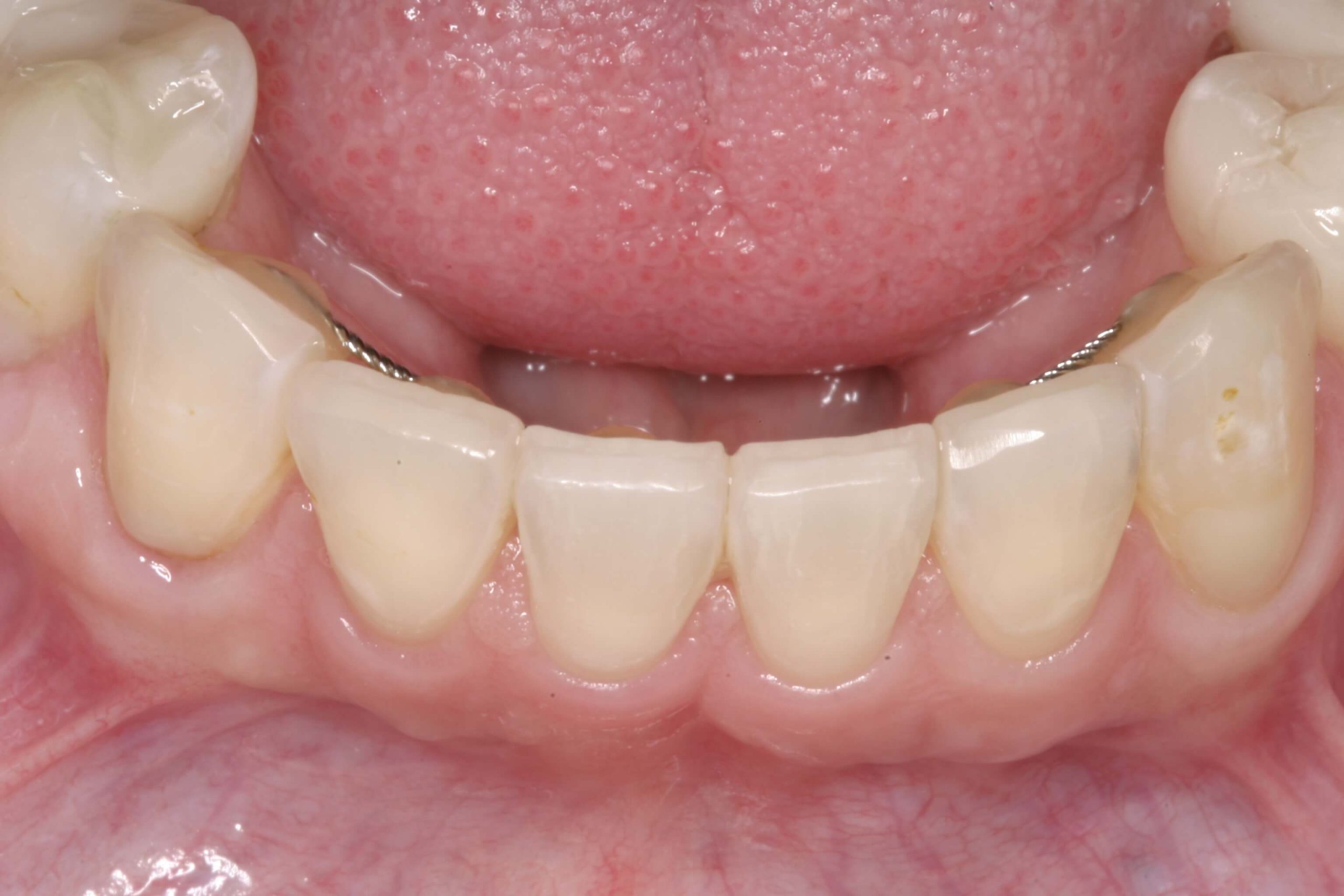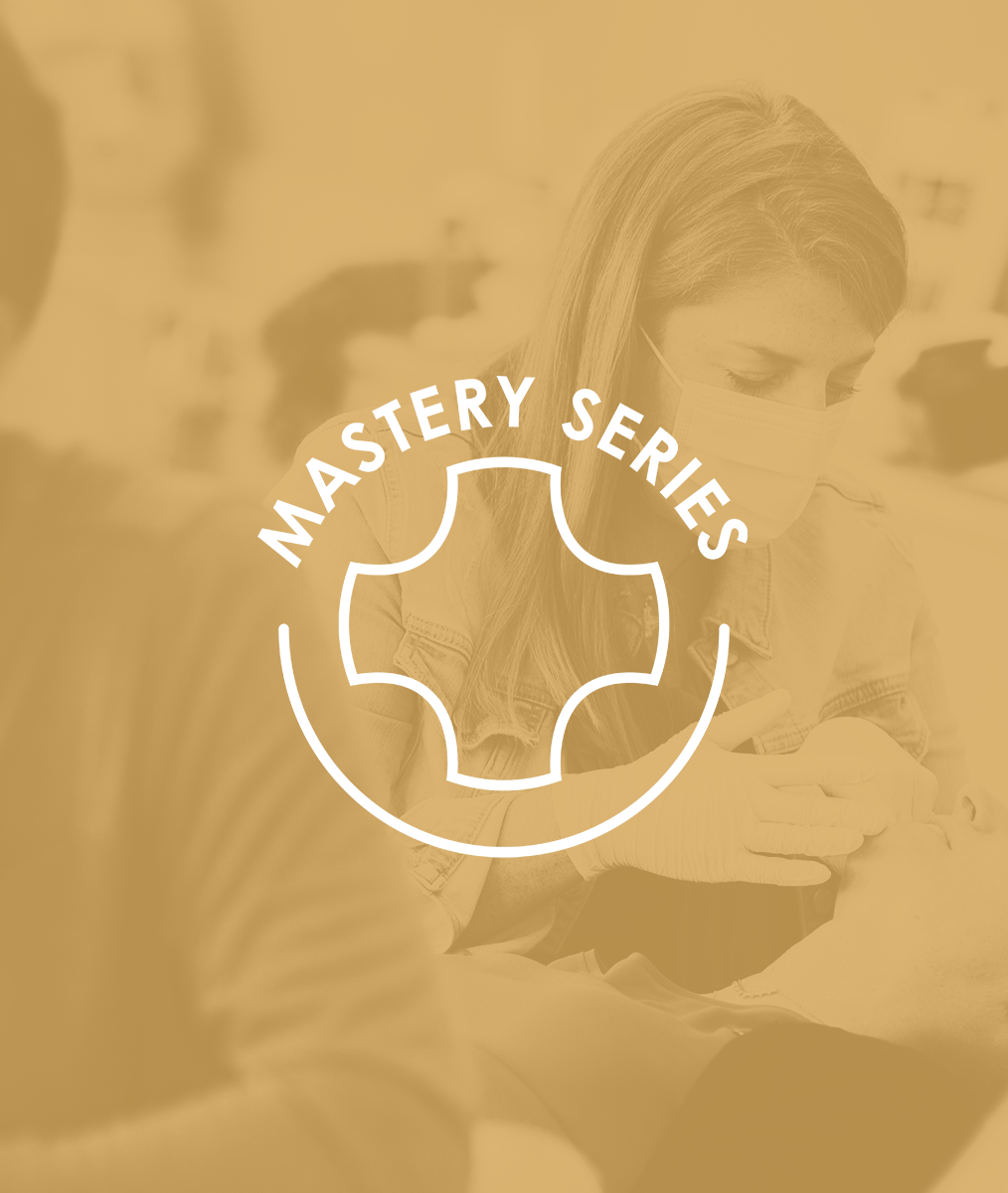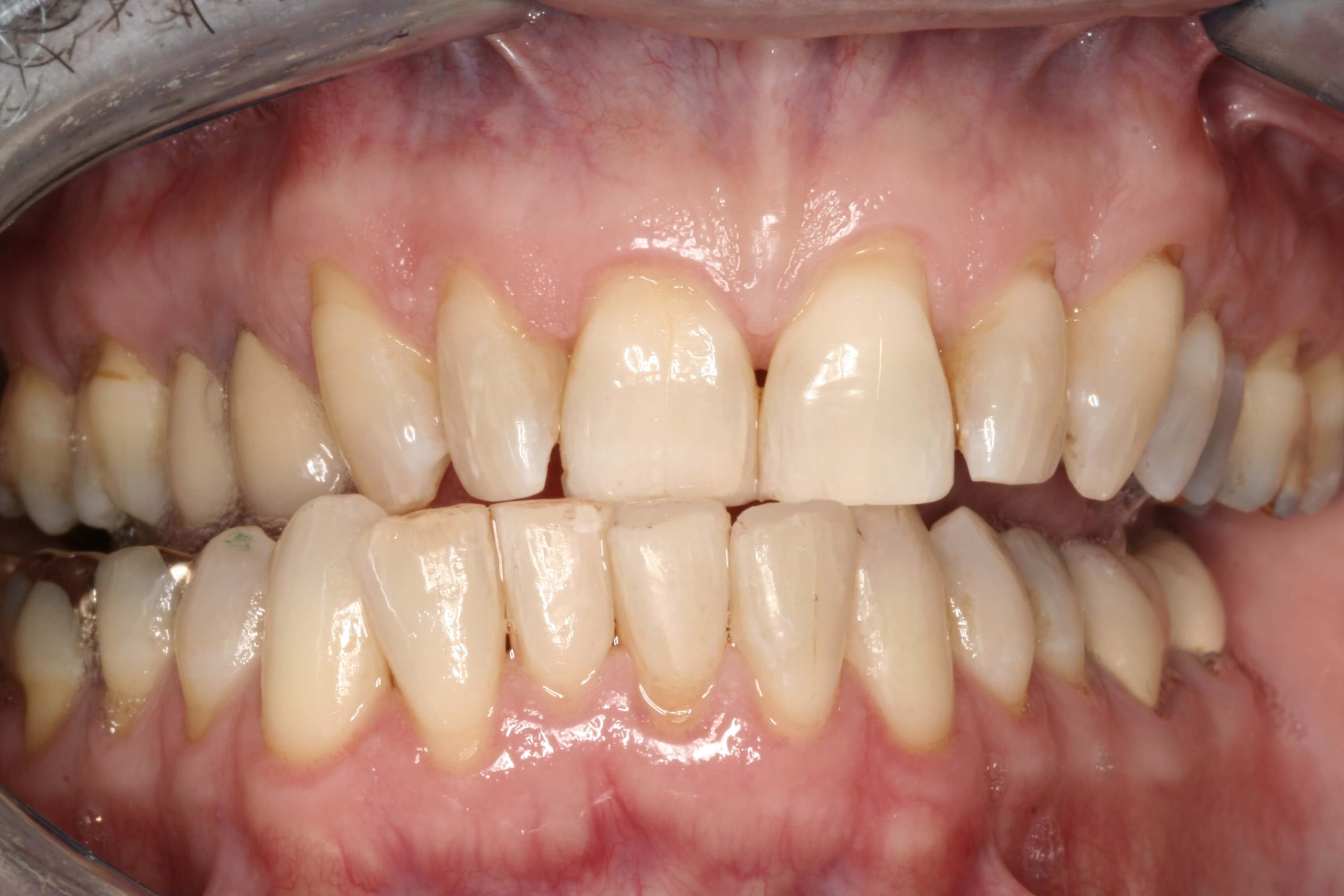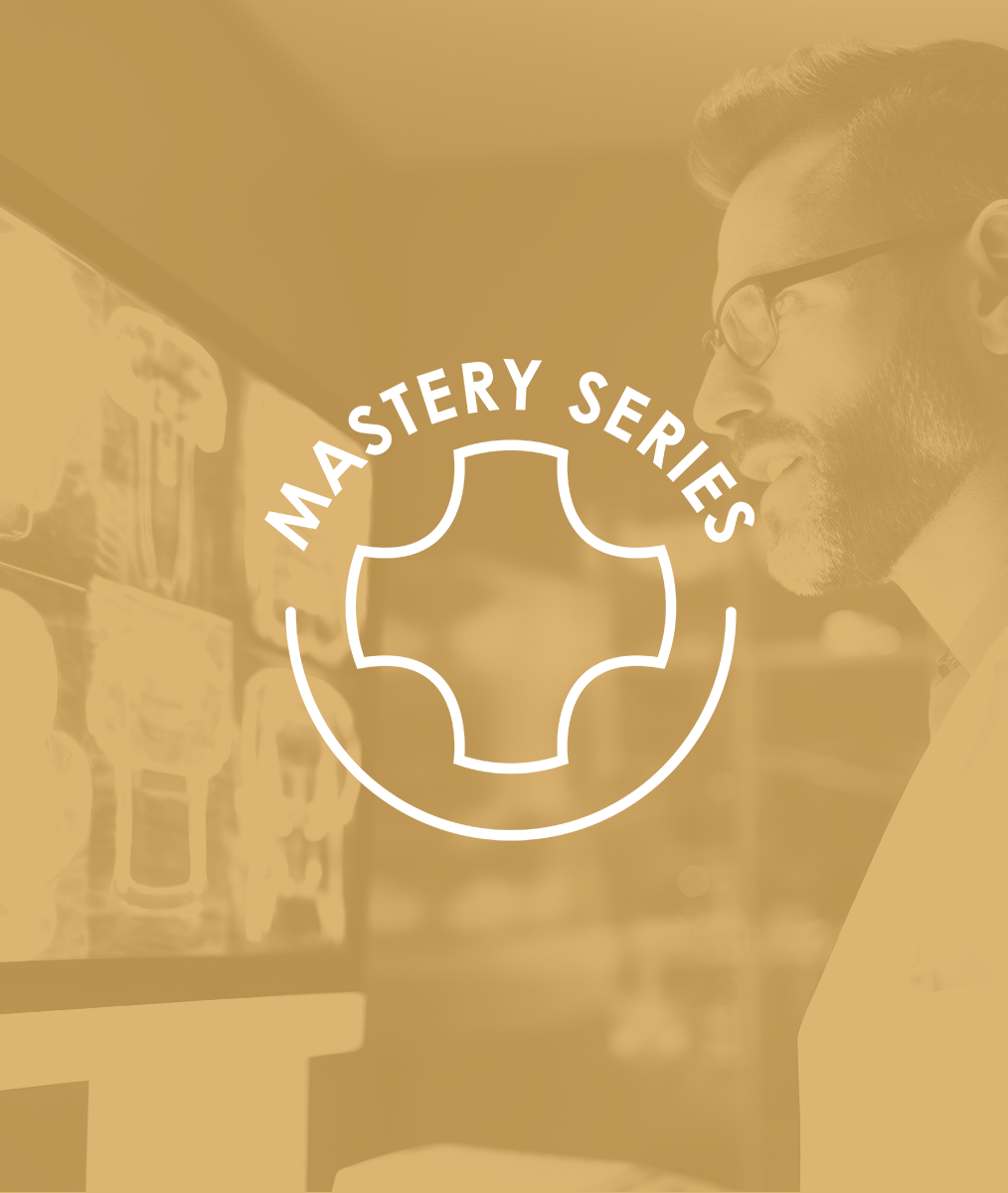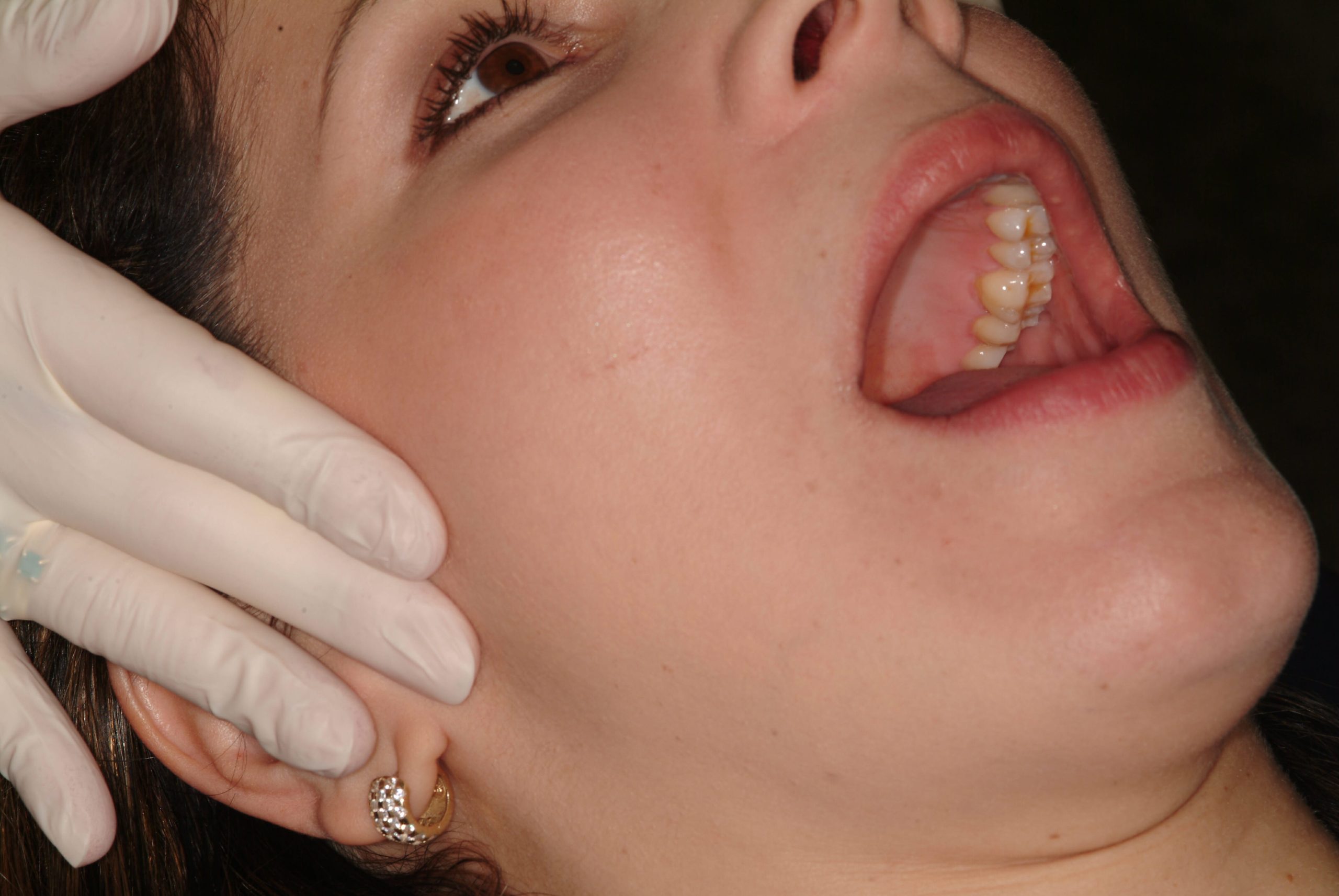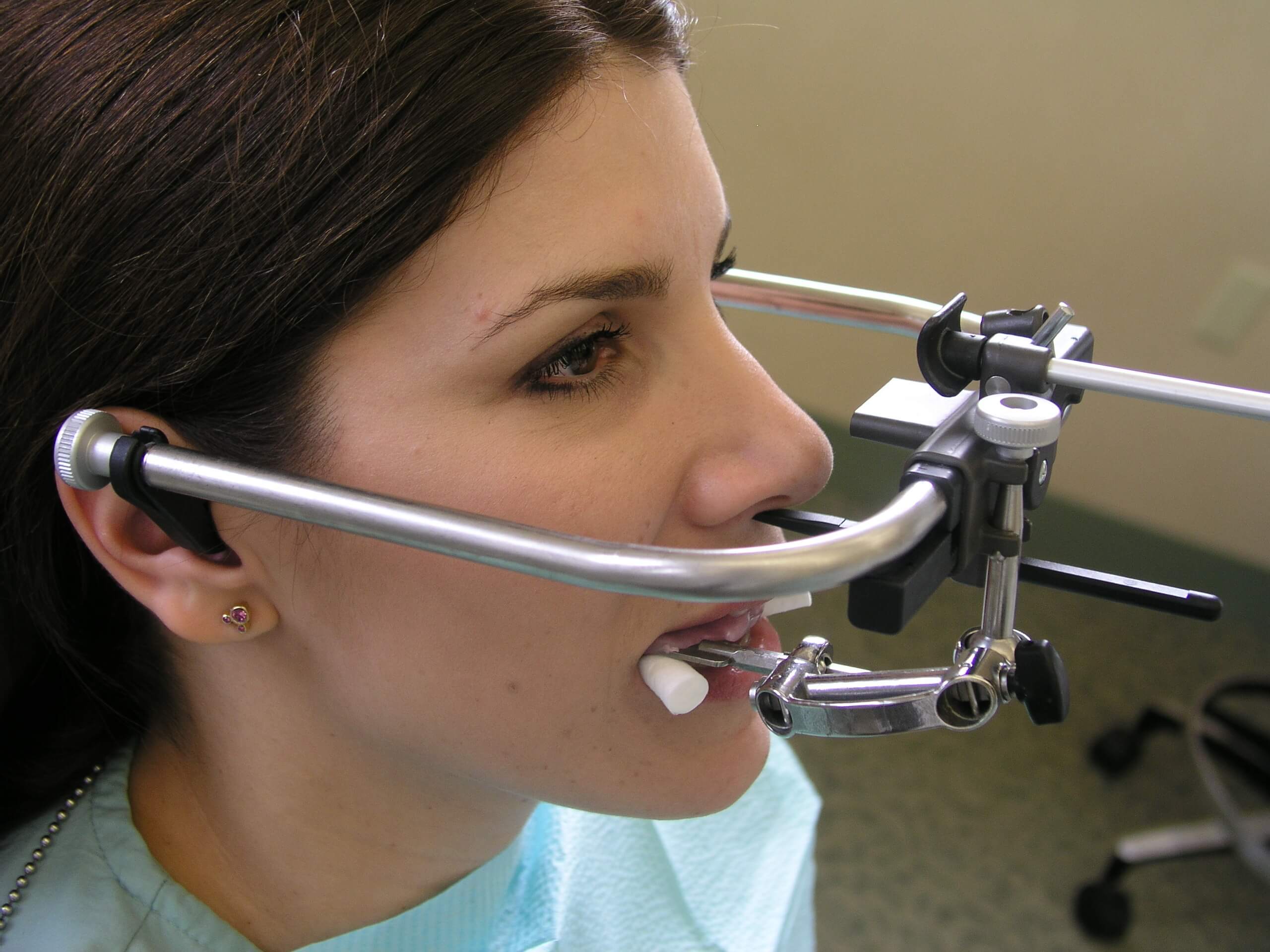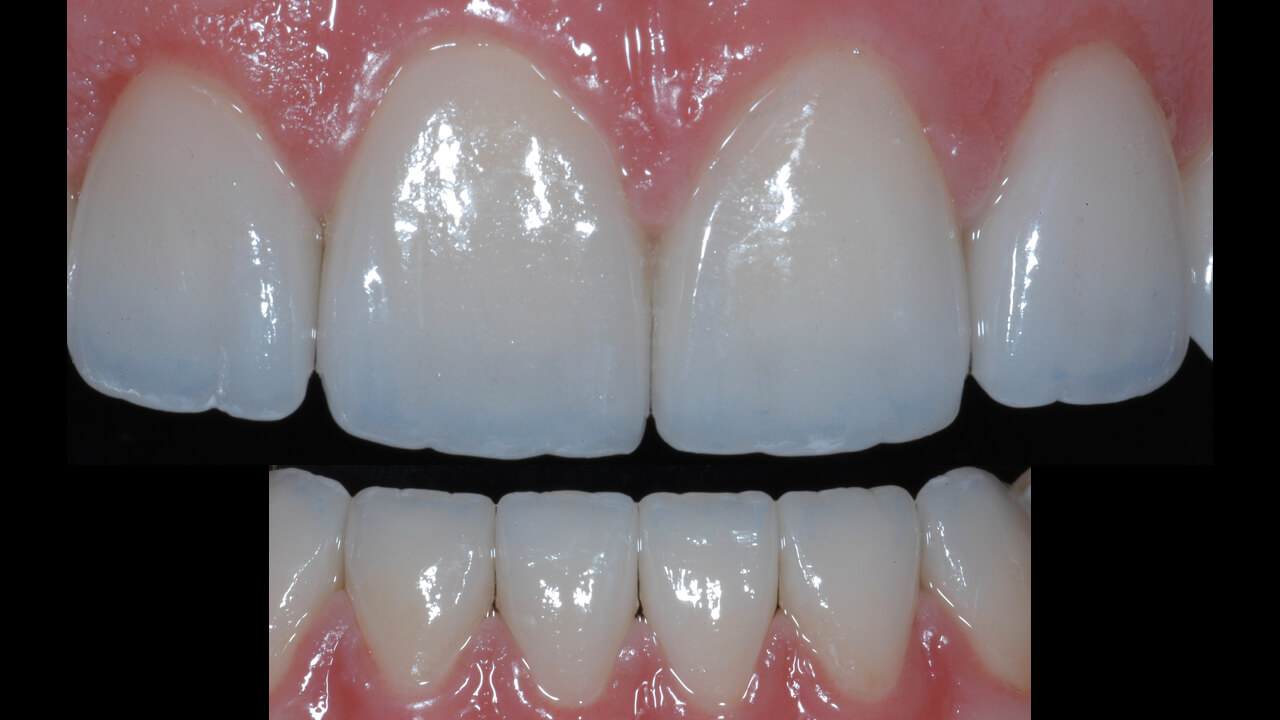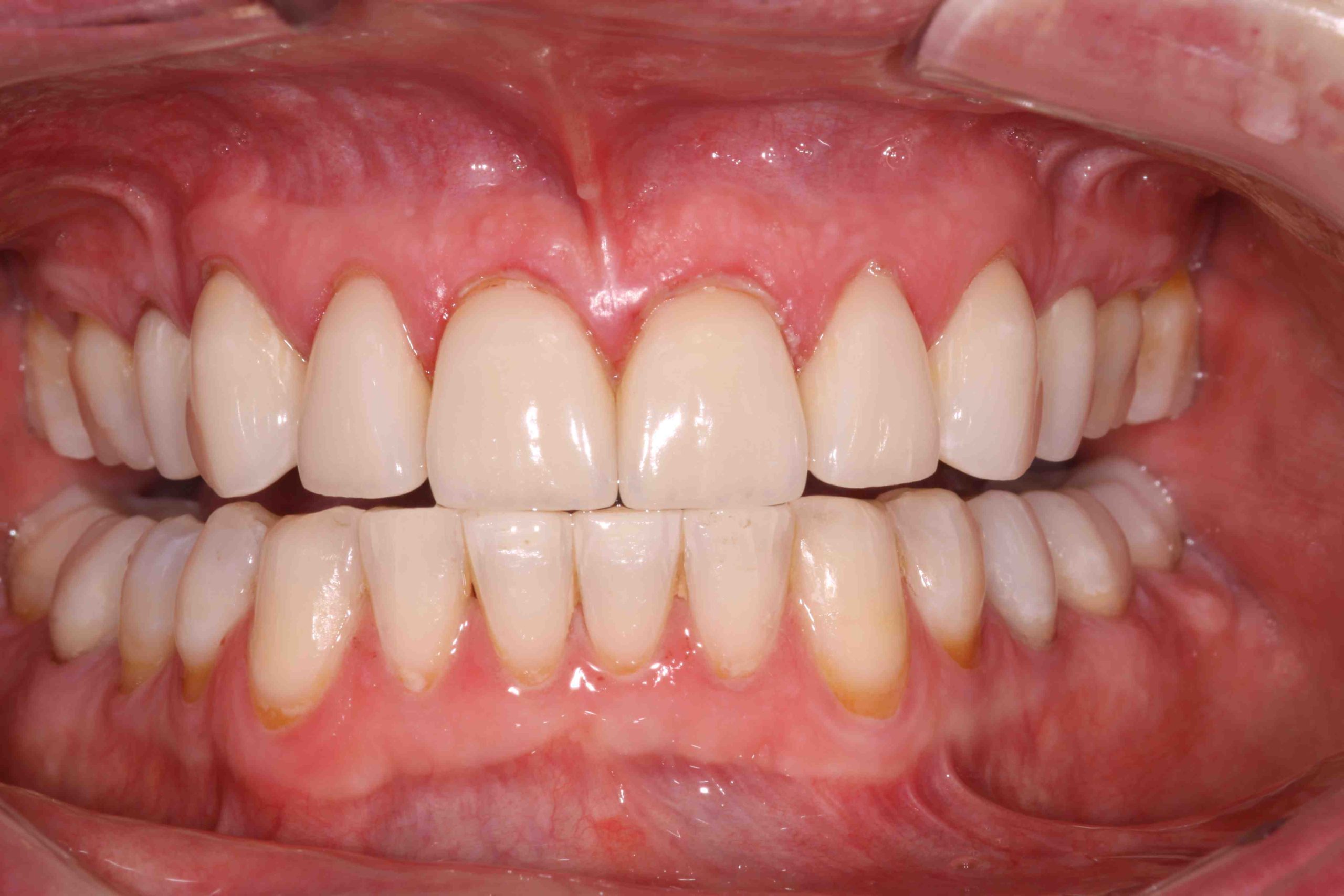Occlusion Makes a Difference for Patients With Periodontitis
When a patient has periodontitis, they suffer from a destructive inflammatory infection that significantly impacts their oral health and damages their periodontal structures. Understanding how occlusion impacts or worsens this damage is key to helping these patients prevent unnecessary trauma.
Periodontitis and Occlusal Trauma
Even before the 1960s, there was research linking occlusal trauma and progression of periodontal disease. More recent research has found that this link isn’t as strong as once thought. Still, a relationship has been identified between the extent of damage and whether the patient has an occlusal interference.
One crucial aspect of periodontitis is that it is unique to every patient. This means we have to be careful not to apply a blanket approach to all patients or rely too heavily on past data that may not help us treat our current patient. Their individual susceptibility to periodontitis must be assessed based on their distinct risk factors.
The Relationship Between Occlusion and The Periodontium
For each tooth, occlusal experience matters and may be one of the reasons that loss of attachment worsens. A 2001 study by Harrel and Nunn found that there was a correlation between amount of periodontal damage and existence of occlusal interference. Perhaps more interesting, they also found that changing the occlusion had a positive impact on the periodontal issue.
Even in light of this research, the relationship between occlusion and periodontium is hotly contested. Regardless of one’s opinion on this matter, there’s no denying that the periodontium is effected by occlusal force. When there is no occlusal loading, there may be over-eruption or drifting of the tooth. On the other hand, when the force is appropriate, the periodontium is healthy and stable.
We must remember that there is a spectrum of susceptibility to periodontitis. For those who are very susceptible and also have teeth experiencing occlusal trauma, the latter only serves to worsen the situation.
Related Course
E4: Posterior Reconstruction and Completing the Comprehensive Treatment Sequence
DATE: July 31 2025 @ 8:00 am - August 4 2025 @ 2:30 pmLocation: The Pankey Institute
CE HOURS: 44
Dentist Tuition: $ 7400
Single Occupancy with Ensuite Private Bath (per night): $ 345
The purpose of this course is to help you develop mastery with complex cases involving advanced restorative procedures, precise sequencing and interdisciplinary coordination. Building on the learning in Essentials Three…
Learn More>
